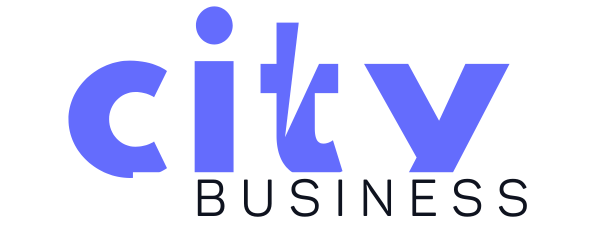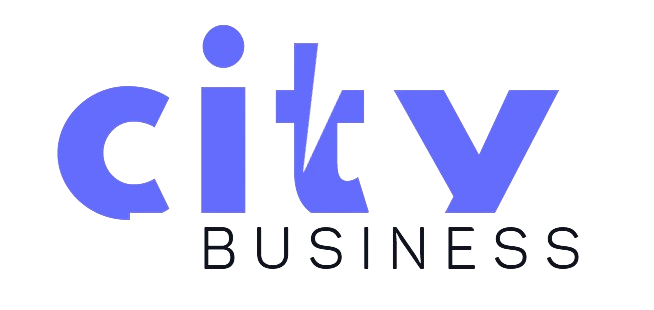Traditional urban development practices send profits ahead of human experience and community well-being into second place. A powerful transformation (Community-Driven Regeneration) now takes place which centers community values as the essential element of urban regeneration projects. This shift represents more than just a change in development strategy – it’s a basic redefinition of urban expansion as a way to sustain and enhance urban social networks.
Community-centered development starts with its fundamental premise that neighborhood residents know their community needs best. Traditional top-down development approaches have frequently resulted in gentrification, displacement, and the erosion of community bonds. Guiding development with community values produces spaces that honor local culture while safeguarding existing social networks and serving identified resident needs.
The Living Cully initiative in Portland demonstrates how community organizations alongside developers converted a former landfill into multi-use space featuring affordable housing alongside local businesses and community gardens. The project’s success stemmed from extensive community consultation and a commitment to preserving the neighborhood’s diverse character by improving infrastructure and opportunities for residents.
To incorporate community values into development or enact Community-Driven Regeneration, we need a complete transformation of our planning process approach. Developers need to build genuine relationships with community members throughout the planning process and should treat community consultation as an essential component. This requires developers to build various input channels including traditional town halls alongside digital platforms while guaranteeing that minority groups maintain their rightful seating positions.
Economic considerations remain important, but they take on a different character when viewed through the lens of community values. The definition of success expands through the inclusion of social cohesion and cultural preservation and community stability in addition to traditional financial gains. Successful community-driven development might require historic building preservation instead of demolition and local business access at new retail locations.
Community-Driven Regeneration naturally incorporates environmental sustainability because communities tend to focus on green spaces along with clean air and healthy living environments. Community-involved project features such as community gardens and pedestrian-friendly streets and energy-efficient buildings appear because they improve resident lifestyle while being environmentally friendly. Community-centered development faces substantial implementation hurdles.
The traditional development approaches function faster and require less complex coordination and lower initial investment compared to community-centered development approaches. Developers need new abilities to connect with their communities and resolve conflicts. Local governments must modify zoning regulations along with building codes to support flexible community-focused mixed-use developments. The advantages of community-centered development extend throughout time even though initial obstacles exist.
Communities developed with strong resident input maintain better stability. Residents maintain strong bonds and live in their homes for longer periods. The economic stability of these communities grows because their success flows from resident involvement in community development. The authentic nature of these communities leads to gradual property value growth since people want to live in places with strong community ties.
–
Need help engaging your community to understand their issues? Our specialists and AI platform can help you get ahead. Start building better connections today.
Book a demo →
Technology now plays a vital role in enabling community-centered development practices. Digital platforms unite community feedback data and enable better analysis while visualization tools enable residents to both understand planning decisions and contribute to them. Social media platforms and online discussion boards enable developers to maintain continuous communication with community members who can provide immediate and continuous feedback about development progress. This approach requires both education and capacity building to move forward.
Communities require assistance to develop their ability to participate in development decisions by grasping technical urban planning aspects and building codes and financial details. The investment of time into community knowledge formation generates positive results because neighborhood residents achieve better development partnership abilities and neighborhood protection capabilities. The incorporation of community values into urban development has evolved from a trend into a fundamental requirement of the future.
Cities need development strategies that build community strength and flexibility in light of climate change alongside increasing social inequalities and technological advancements. Successful community-centered development projects worldwide demonstrate a new way to regenerate urban areas. The development strategies that serve both economic and social purposes through community values guidance can be seen in Barcelona’s superblocks and Singapore’s community gardens.
Mainstream adoption of this approach demands multi-level transformations. Policy makers need to establish systems which promote community involvement and define progress through metrics that extend past monetary values. Educational institutions need to train future developers alongside planners to acquire expertise for working with communities. Financial institutions need to create fresh assessment and funding methodologies which evaluate social impacts in addition to financial performance.
The path forward is clear: Successful urban regeneration requires developers to work together with residents0 while following community values to create development plans. The path requires additional effort and innovation to build valued assets like communities instead of buildings and infrastructure. The modern urban challenges of the 21st century demand this development revolution for our cities.
–
Need help engaging your community to understand their issues? Our specialists and AI platform can help you get ahead. Start building better connections today.


